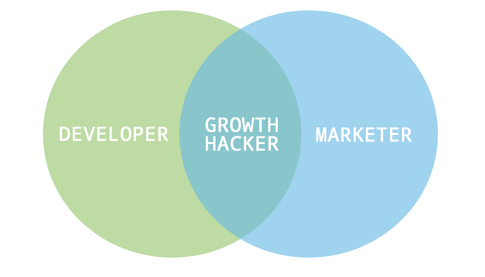We discuss the importance of content communities and why building them is vital to your online marketing success
Building content communities is a must have for any brand looking to successfully market to the reality of todays connected consumer. Content Marketing hinges on the simple notion that your audience will engage and interact with your brand as long as the content you provide is relevant to their needs, of a high-quality and is provided regularly. The question is: how is it possible to do this?
The answer: it gets easier when your content communities begin to grow.
Reaching a position where your audience is engaged with your brand at such a level to help create your content is seen as the Holy Grail for many companies. Why? Because it affords you the luxury of being able to depend on your supporters to talk you up as well as bring new ideas into the mix, from the other side of the table. After all, a community that feels their thoughts and ideas really matter, are more likely to champion the brand.
While the content might need a little work in order to bring it into line with your style guide and editorial tone, the difference in voice can be refreshing. The change of tone will be a welcome change for your readers, and the value of having one loyal fan sing your praises to others is substantial. Marketing basics commends the strength of word of mouth – using consumer generated content is, essentially, the digital version of this age-old practice. In a study conducted by Nielsen, 92 percent of 28,000 participants across 56 countries stated that they would trust word of mouth recommendations from their family and friends over all other forms of advertising, in other words, ‘earned’ media is worth its weight in gold.
So, how do you go about creating these meaningful relationships with your potential brand ambassadors and guest bloggers, as they’re intrinsically linked to the success of content communities?
First of all, make it abundantly clear that user generated content is an invaluable commodity when looking to gain fresh insight and perspective into your audience wants and needs, and that you’re keen to introduce it as such so to give your audience credit where it’s due.
Another key point is to consider the kind and level of audience engagement you’re asking for. Is it a simple testimonial, an image, or perhaps it’s something a little more involved. While the number of submissions will usually decrease with the amount of effort required, those people who do take time to prepare a quality submission are more likely to align themselves closely with your brand and are a valuable resource to hold on to. With this in mind, it’s essential to look at the quality of the content, rather than just the quantity.
Competitions are also highly beneficial as a way of incentivising a request for user generated content. One successful example of this comes from IMEDEEN. In 2012, the beauty brand launched a competition to find women to represent its range of anti-ageing skincare supplements. The brand launched the competition globally, asking for those with ‘natural beauty’ that belies their age to come forward. Paired with a highly efficient PR campaign, the competition was given a great amount of exposure. The results? Three winners (and brand ambassadors) from Brazil, Scotland and Corsica and a wealth of content.
Much of the content world has taken well to the practice of teaming up with others in their industry. Many content marketers provide a great example of this when they call on others in similar roles to enrich their sites with guest posts and interaction. It’s refreshing to see camaraderie within an industry and readers will find the change in tone and pace a welcome break from brand rivalry.
With content acting as the lynch pin in Digital Marketing, it’s important to make these connections with your brand’s fanbase to keep your site and social activity as fresh as possible.
If you’re looking for a London based digital agency to help with your marketing needs, then why not get in touch with DVO!


